We design and install solar panels paired with individual micro-inverters. Unlike central inverters micro-inverters are connected in string. This type of system architecture is a key to many advantages.
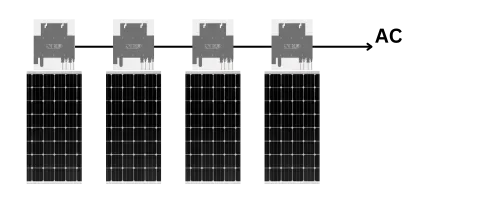
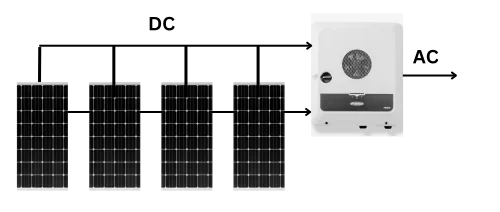
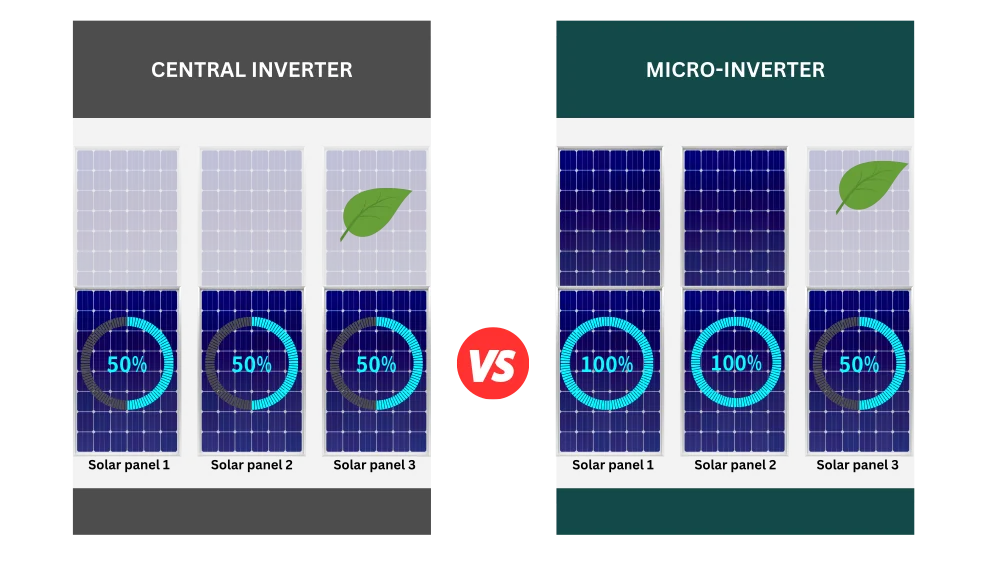
Shading, precipitation, roof elements, and debris can impact individual solar panel performance. Central inverters adjust all panels to the least efficient one’s level to optimize the system. In contrast, micro-inverters optimize each panel individually, boosting electricity generation by up to 30%.
When faced with a roof that lacks the optimal shape for traditional solar panel installation, homeowners essentially have two choices: either opt for microinverters, which offer flexibility and efficiency without compromising aesthetics or safety, or resort to potentially unsightly and less secure constructions on the roof to force-fit panels into a less-than-ideal setup.
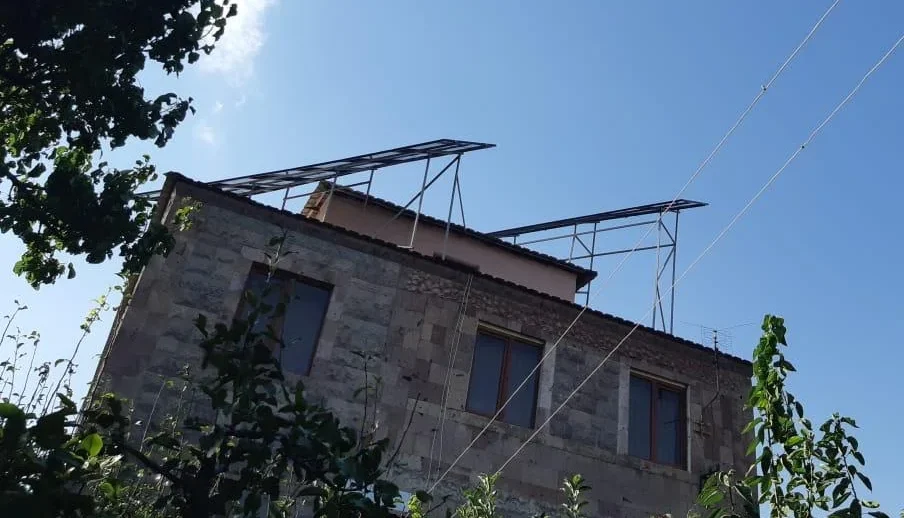
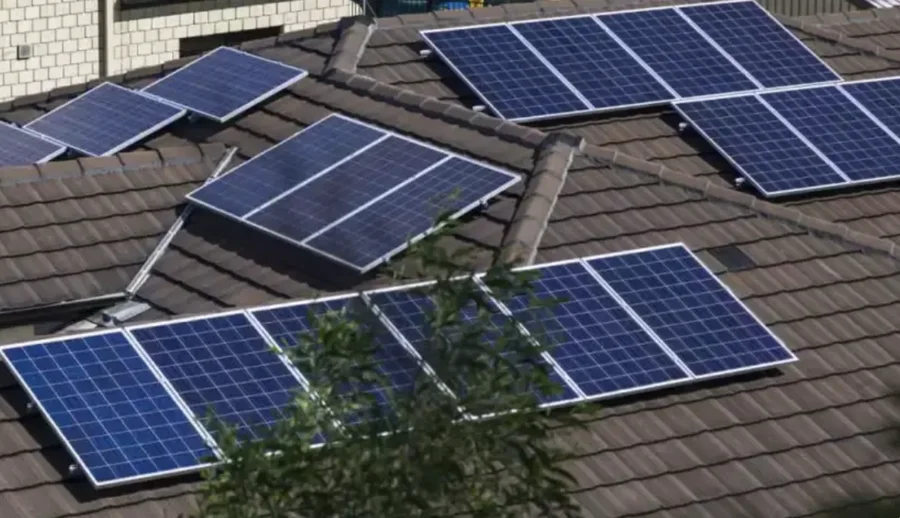
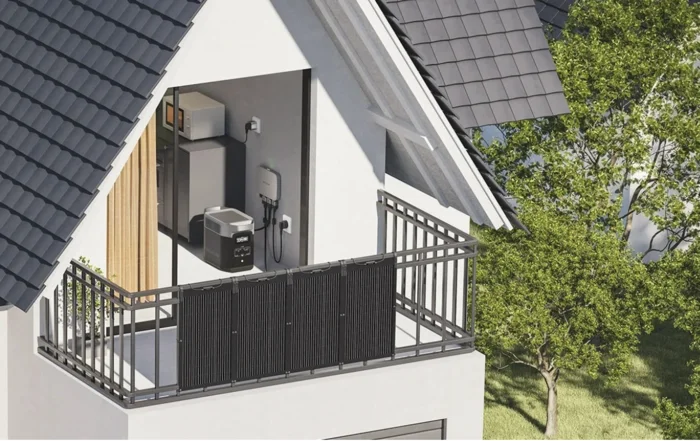
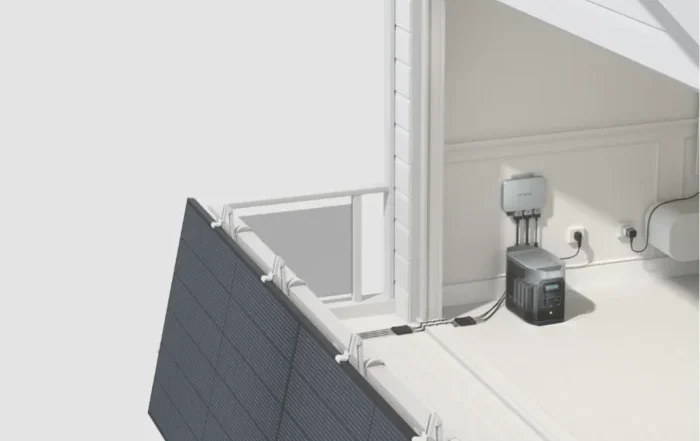
Our solar stations are built upon a modular design, with each pair of a solar panel and individual micro-inverter forming the basic building block. That is the reason why adding extra panels for increased energy output is effortless.
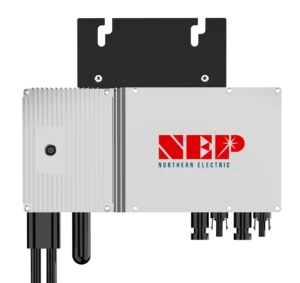
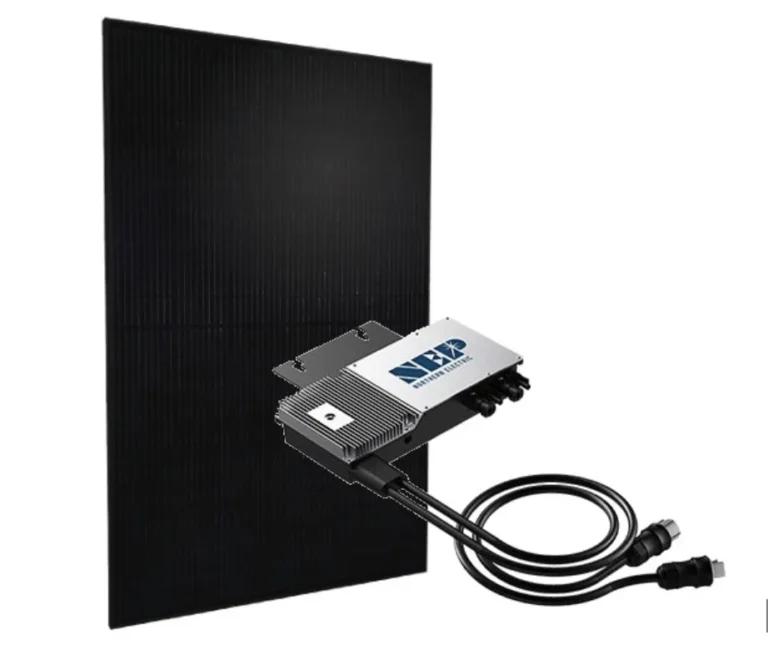
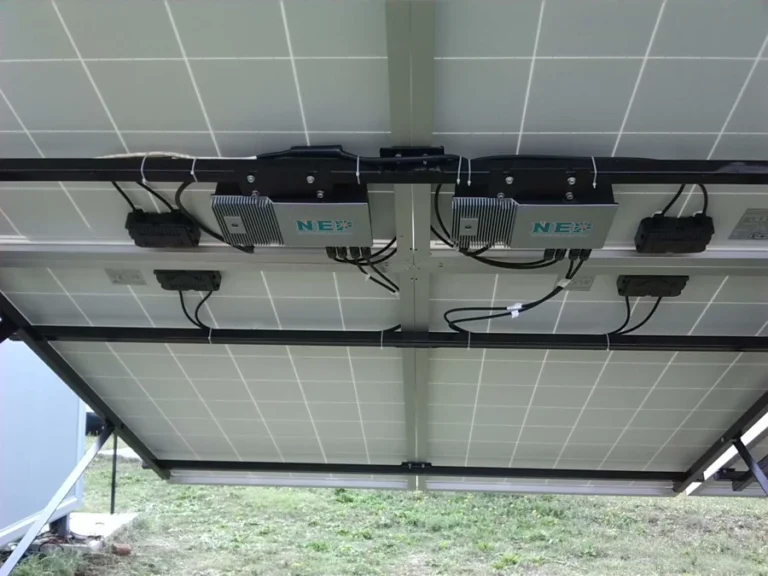
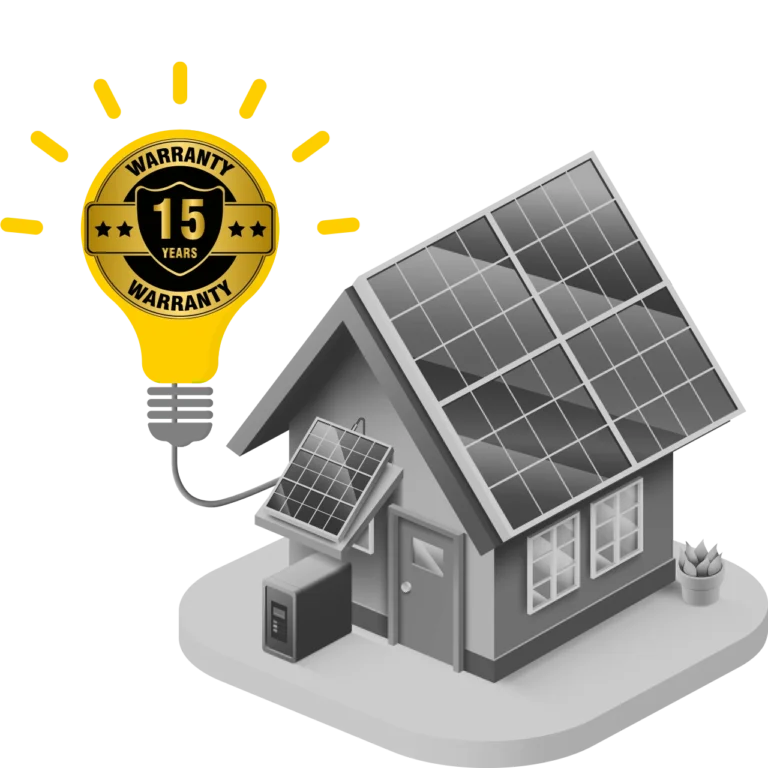
Most solar installers boast a 25-year warranty on solar panels, yet a solar station includes more than just panels; the overall warranty matches the shortest component warranty, the inverter.
We stand out with a remarkable 15-year warranty on NEP micro-inverters, setting a new standard in the Armenian market.
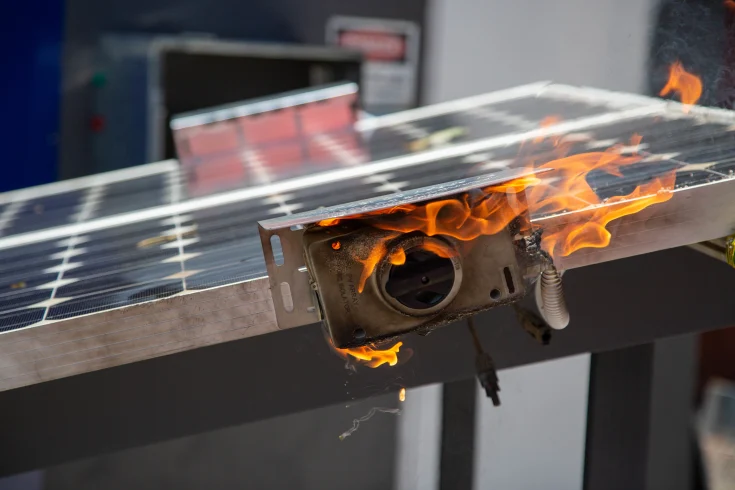
Do you know that in some US jurisdictions, central inverters are banned?
Micro-inverters swiftly convert solar panel DC power to AC, necessitating an AC cable to the meter board instead of high-voltage DC transmission. Concerns over fire hazards from roof cavity DC cables are evident, particularly if compromised by rodents. Water infiltration into DC isolators, designed for fire safety, is a common issue. Certain US jurisdictions have imposed bans on string inverters.
We will assess roof strength, create 3D models for shading analysis, and use simulation software for solar energy estimates.
We will size the system, customize the design, finalize the contract, and arrange bidirectional meter paperwork.
We'll ensure efficient installation, thorough testing, and cleanup, provide training.
Experience our after-sales support. We monitor your system 24/7, ensuring its optimal performance at all times. Need a cleaning or inspection of your panels? Want to add more panels or find any other effective energy solution? We’re just a call away.
Armenia’s energy demand is on a constant rise, often outpacing the grid’s ability to meet it promptly. Consequently, energy outages are not uncommon in our country. Many resort to manually activating loud and polluting gas generators to sustain their daily lives during these outages. We propose a superior alternative: integrate an EcoFlow backup battery system into your home.
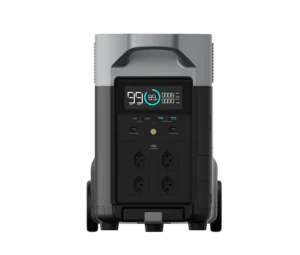
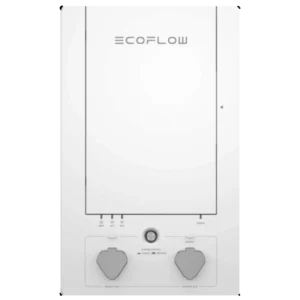
Photovoltaic Effect: The photovoltaic effect is the phenomenon where certain materials, typically semiconductors like silicon, generate an electric current when exposed to sunlight. This occurs due to the interaction between photons from sunlight and the semiconductor material, causing the release of electrons, which can then flow to produce electricity.
PV Cell: A PV cell, also known as a solar cell, is the basic building block of a PV panel. It consists of semiconductor materials, usually silicon, with specific electrical properties. When sunlight strikes the surface of the PV cell, it excites electrons in the semiconductor material, creating electron-hole pairs and generating an electric current.
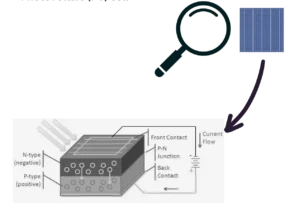
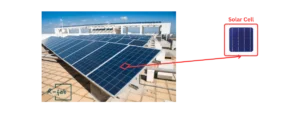
The most common types of solar cells are monocrystalline, polycrystalline, and thin-film. Monocrystalline cells offer high efficiency and longevity, while polycrystalline cells are cost-effective. Thin-film cells are lightweight and flexible, suitable for diverse applications.
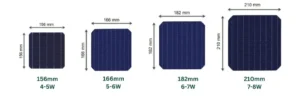
Half-cut solar cells, created by halving standard-sized cells, offer advantages such as reduced resistive losses, enhanced performance in shading conditions, improved durability, and higher efficiency. However, they come with potential disadvantages, including increased manufacturing complexity and potential cell mismatch.
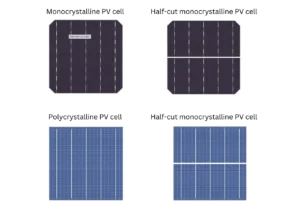
Half-cut cells: Power range Varies, but it is generally higher than full-size cells due to reduced resistive losses and improved shading tolerance. Actual dimensions: Half of the standard dimensions, e.g., approximately 78 mm x 78 mm for half-cut 156 mm cells.
PV Panel: A PV panel, also referred to as a solar panel, is a collection of PV cells interconnected to form a larger unit. The individual PV cells are typically encapsulated in a protective material and arranged in a specific configuration to maximize sunlight absorption and electricity generation. As sunlight hits the PV panel, each PV cell produces electricity through the photovoltaic effect.
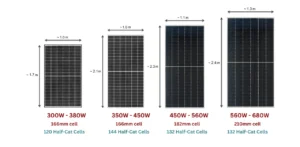
While a solar cell generates a small amount of electrical power, a solar panel combines and interconnects numerous cells to produce a higher voltage and power output. In essence, the nominal power of a solar panel is the sum of the power output of all the cells of the panel.
Alternating current (AC) periodically changes direction, facilitating efficient transmission and compatibility with transformers. Direct current (DC) maintains a constant flow in one direction, ideal for batteries, electronics, and specific applications. Solar panels generate DC electricity, but homes typically use AC, requiring inverters to convert the power for household use.
Solar panels generate DC electricity, but homes typically use AC, requiring inverters to convert the power for household use.
Alternating current (AC) periodically changes direction, facilitating efficient transmission and compatibility with transformers. Direct current (DC) maintains a constant flow in one direction, ideal for batteries, electronics, and specific applications.
Inverters also adjust the voltage levels to match the requirements of household appliances and the electricity grid. For example, a panel can generate 450V, but our home grid is 220V.
Standard inverters, or grid-tied inverters, convert solar panel-generated DC electricity into AC electricity for immediate use or export to the grid. They lack battery integration and offer no backup power during outages. In contrast, hybrid inverters combine solar and battery functions, enabling energy storage and backup power capabilities and providing greater energy independence.
Micro-inverters are installed on individual solar panels, independently converting DC electricity to AC, optimizing performance, and offering panel-level monitoring. Central inverters, installed centrally, convert combined DC electricity from multiple panels into AC. They are cost-effective and simpler to install but lack panel-level optimization. The choice depends on system size, shading, monitoring preferences, and safety requirements.
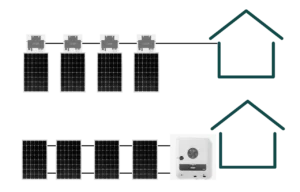
Inverters generally have efficiency ratings ranging from 90% to 99%, indicating the percentage of DC electricity converted into usable AC electricity. Optimal systems can achieve efficiencies nearing 99%, maximizing energy conversion and system performance, while less efficient models may fall closer to 90%, resulting in higher energy losses.
Inverters are the most loaded equipment in solar stations. The warranty period is crucial as it guarantees the reliability and longevity of the inverter, ensuring uninterrupted operation and protecting the investment in the solar PV system. Typically, warranties for inverters range from 5 to 25 years, depending on brand quality.
Optimizing solar farm efficiency demands precise alignment of every system element with both internal and external conditions. From mitigating shading to orienting panels to the sun’s path and ensuring proper placement of ancillary components, meticulous alignment maximizes sunlight exposure and energy production.
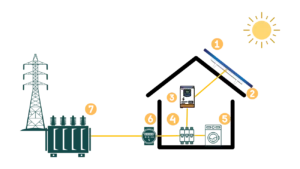
Solar yield, or the amount of electricity produced by a solar PV system, is influenced by various factors categorized into three major groups.
A reliable estimate of local PV potential is provided by Solargis through PVOut maps. These maps simulate various factors including theoretical potential, air temperature impact, system configuration, shading, soiling, and topographic constraints. PVOUT indicates long-term power generation per unit of installed capacity, measured in kilowatt-hours per installed kilowatt-peak (kWh/kWp). It’s important to note that PVOUT assumes an “average” PV setup with a central inverter and that a “perfect roof” is assumed, which may vary based on individual installation conditions.
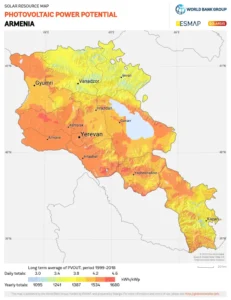
To accurately assess your property’s electricity potential, a site inspection is essential. During this inspection, all the above-mentioned and more factors will be evaluated to determine the most suitable solar installation configuration for maximizing energy generation.
A home backup battery is a versatile device designed to store energy for use during power outages or peak electricity demand periods. They come in various capacities and functionalities, offering flexibility to meet different needs.
These batteries can be stationary, fixed to a wall or freestanding, or portable for on-the-go energy needs.
They can draw power from different sources such as the grid, solar panels, or even a gas generator.
Depending on the setup, they can either integrate with the home grid, allowing you to use power sockets, or operate separately, directly powering appliances. Integrated batteries may feature built-in uninterruptible power supply (UPS) functionality, automatically switching to battery power when the grid goes down, either autonomously or manually controlled. Moreover, advanced energy management systems in integrated batteries intelligently prioritize powering essential loads based on battery charge levels, ensuring efficient energy use.
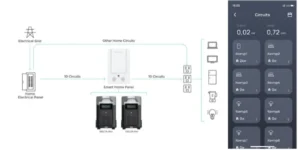
R-Fab offers the EcoFlow Delta Pro portable home battery. It can be integrated into your home grid via SmartPanel, automatically activating the Delta Pro to power your home grid within just 20 milliseconds of a grid outage. Additionally, it boasts intelligent power management capabilities, prioritizing the supply of electricity to essential appliances based on the battery’s charge level.
The duration a home backup battery can power your house during an outage depends on its capacity and the energy consumption of your appliances.
For instance, the standalone DELTA Pro station has an output power and built-in battery capacity of 3600W. Moreover, the architecture of the DELTA Pro allows for scalability. You can increase the output power by connecting two DELTA Pro stations simultaneously to the EcoFlow Smart Panel distribution panel (up to 7200W). Additionally, you can increase the station’s capacity by connecting additional batteries, up to 25 kWh.
Delta Pro battery can support various household appliances simultaneously. 3600W capacity is enough to: